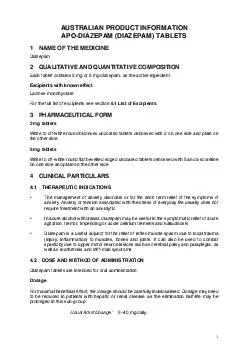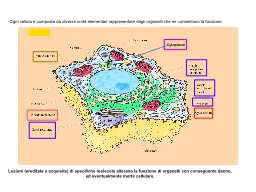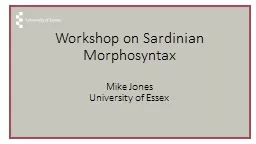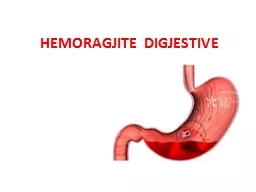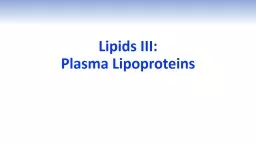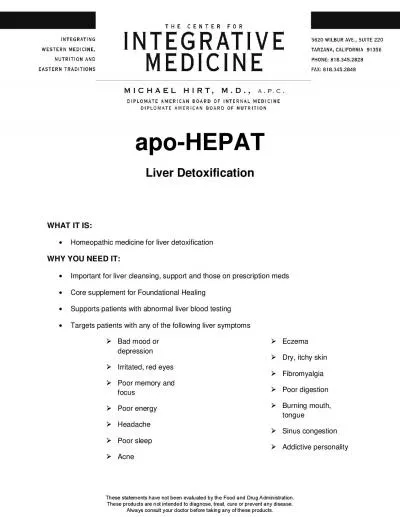PDF-Product Information Australia APO Diaze pam Tablets Pa
Author : phoebe-click | Published Date : 2014-11-25
Structural Formula Molecular Formula 16 13 ClN O Molecular weight 28474 CAS registry number 439 14 DESCRIPTION Diazepam is a benzodiazepine derivative It is a colourless
Presentation Embed Code
Download Presentation
Download Presentation The PPT/PDF document "Product Information Australia APO Diaze ..." is the property of its rightful owner. Permission is granted to download and print the materials on this website for personal, non-commercial use only, and to display it on your personal computer provided you do not modify the materials and that you retain all copyright notices contained in the materials. By downloading content from our website, you accept the terms of this agreement.
Product Information Australia APO Diaze pam Tablets Pa: Transcript
Download Rules Of Document
"Product Information Australia APO Diaze pam Tablets Pa"The content belongs to its owner. You may download and print it for personal use, without modification, and keep all copyright notices. By downloading, you agree to these terms.
Related Documents

